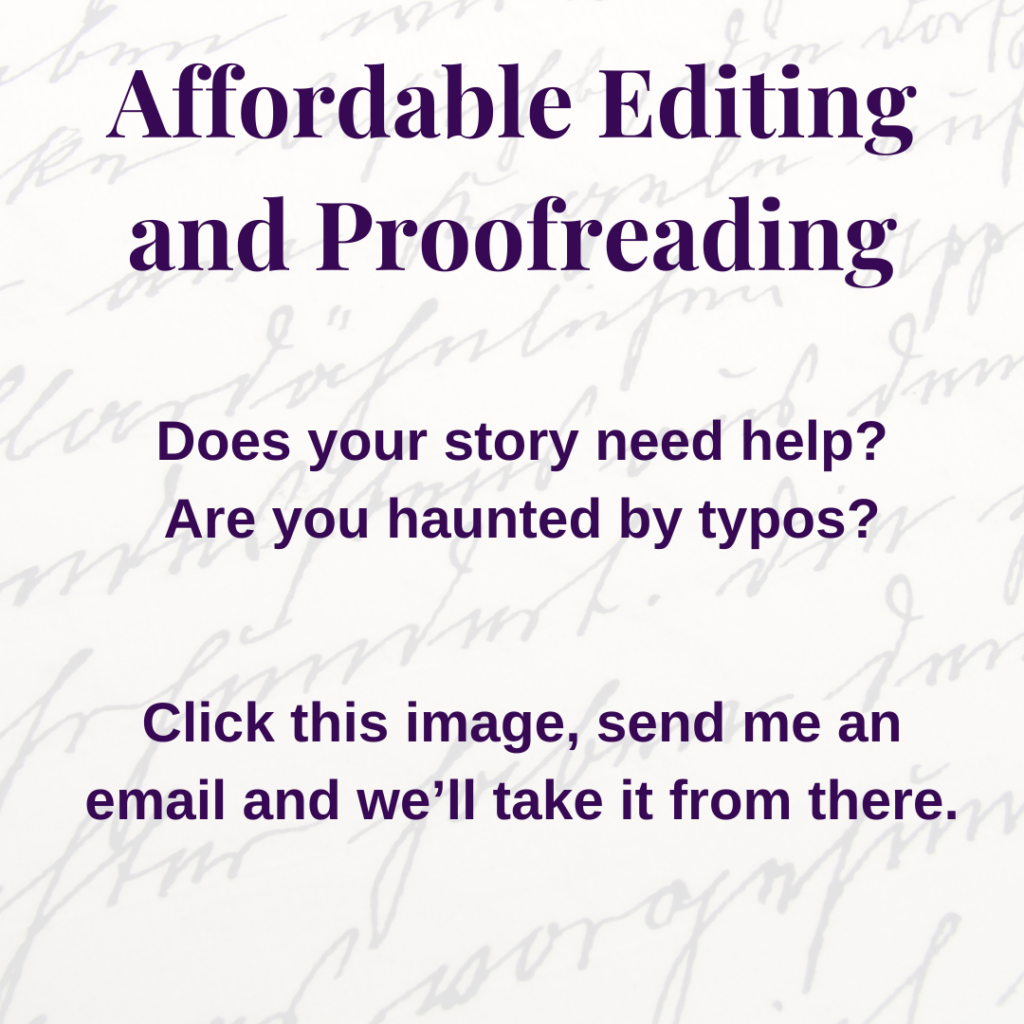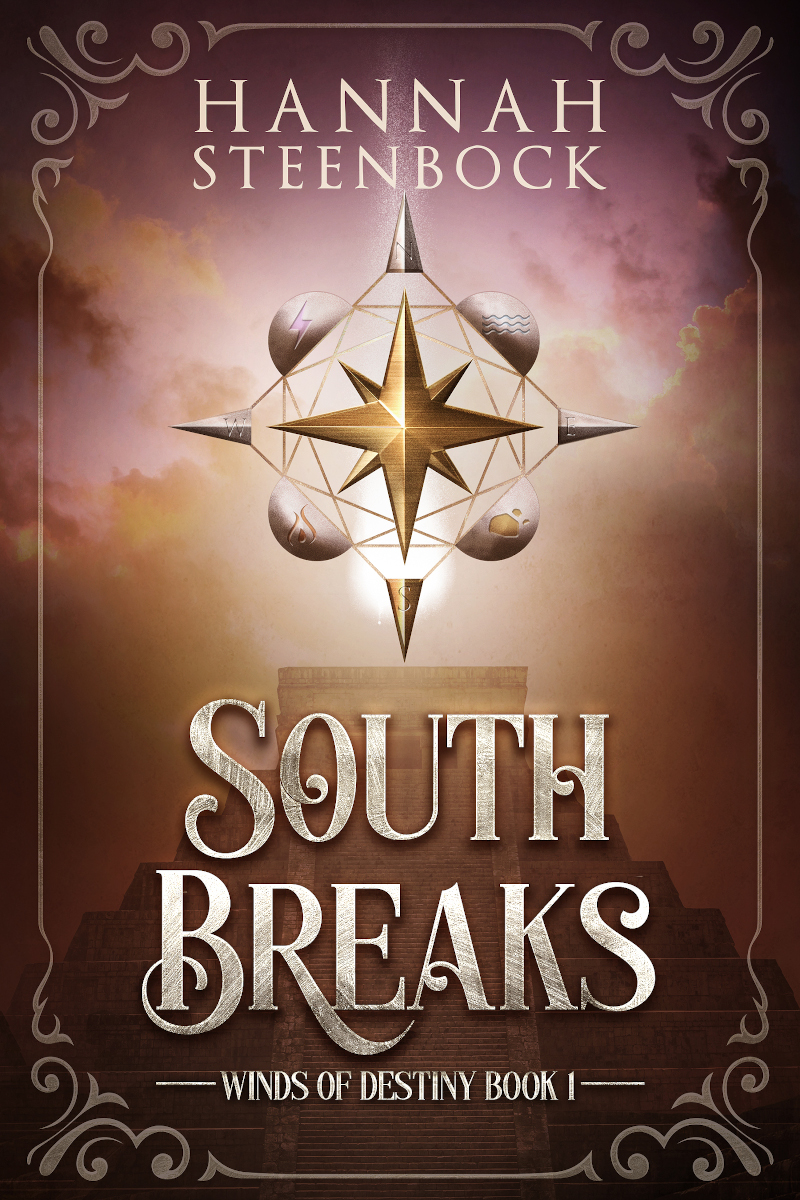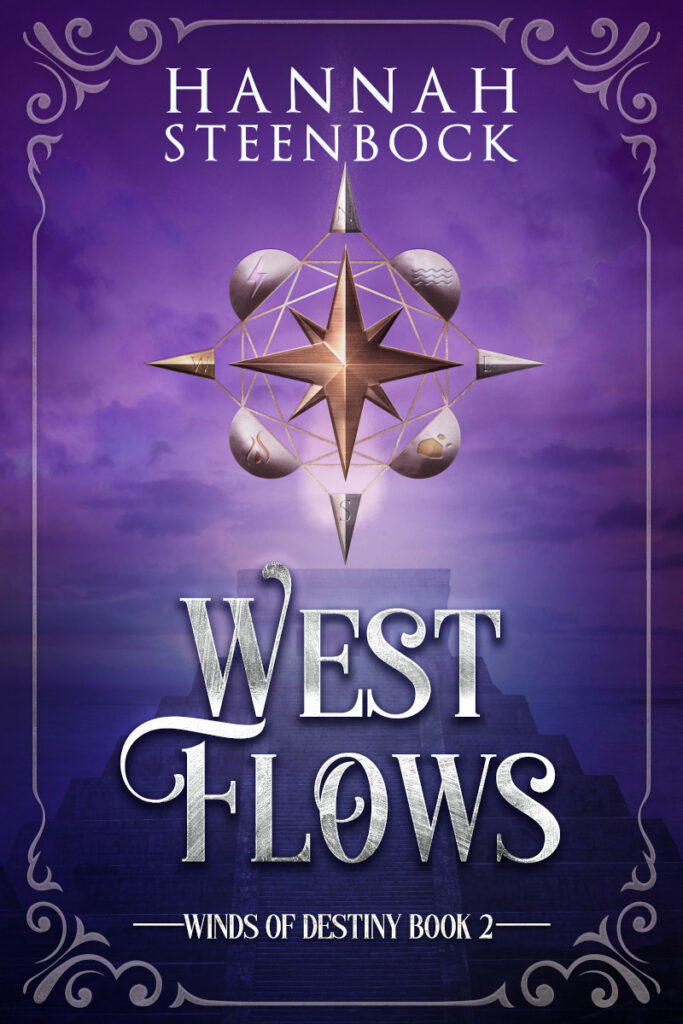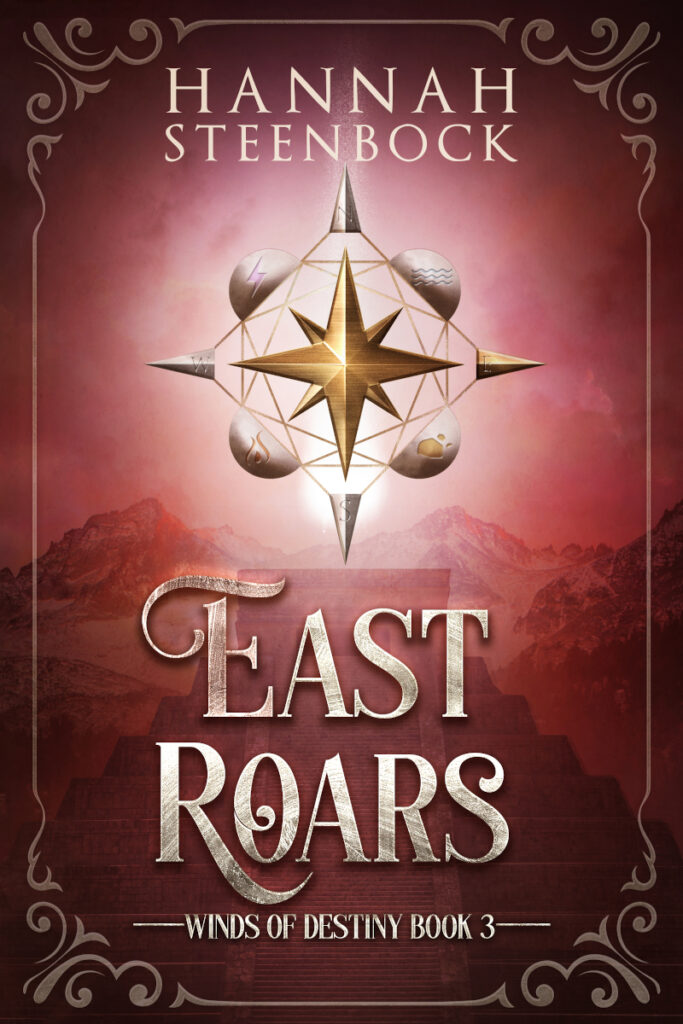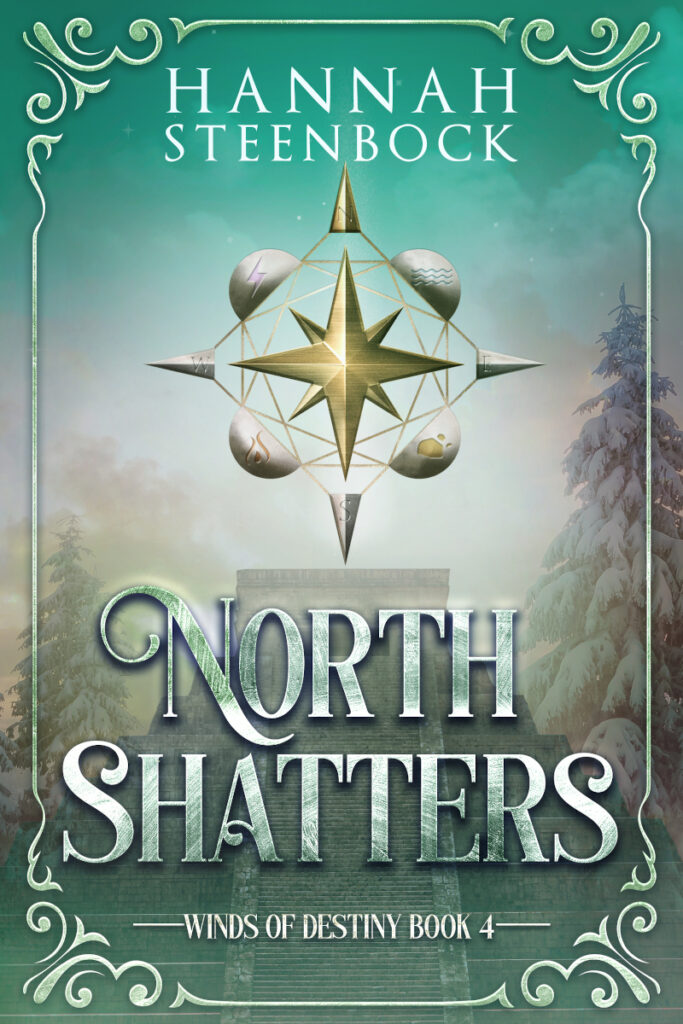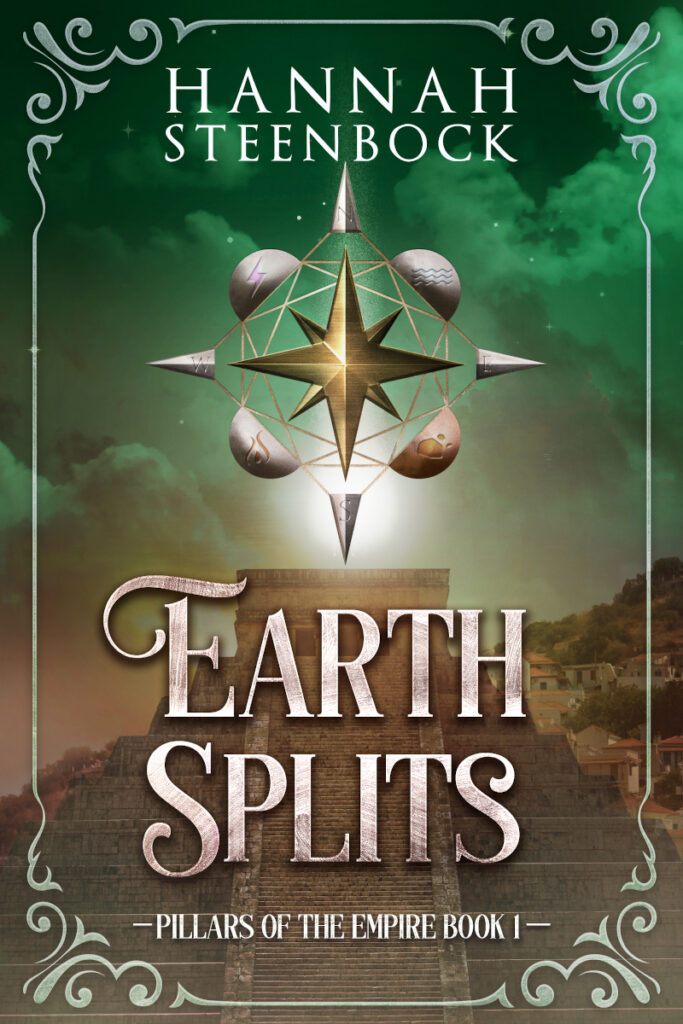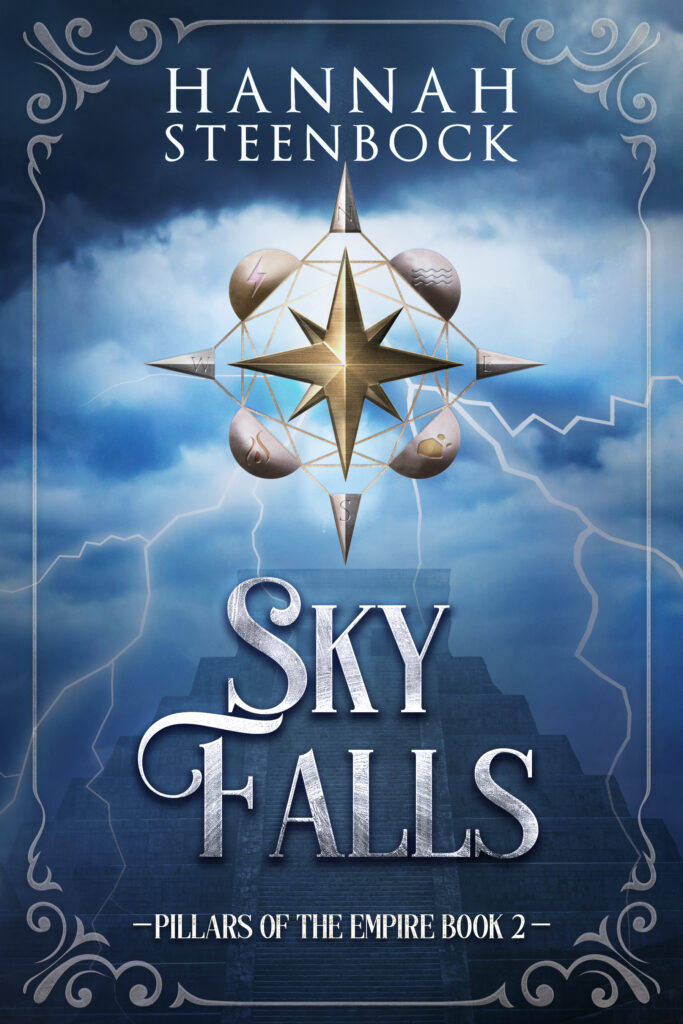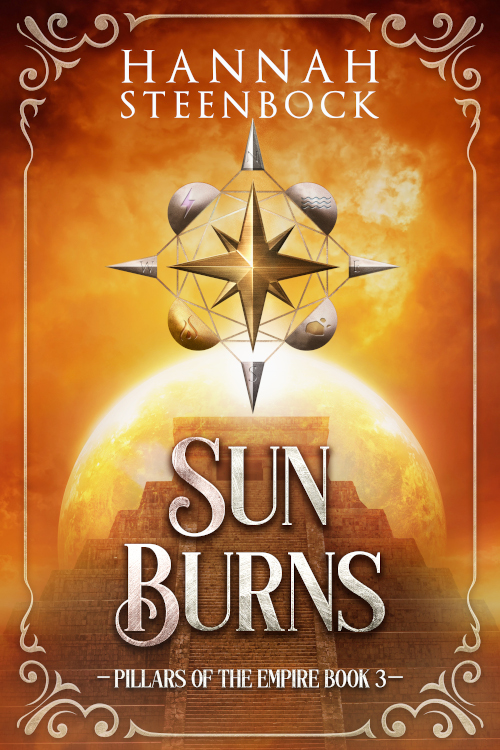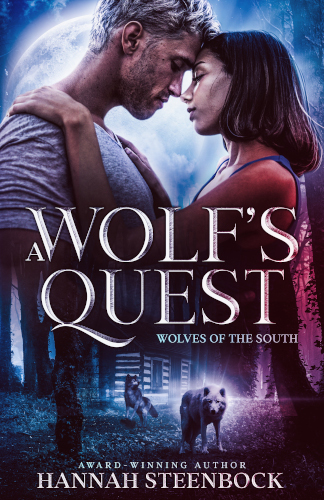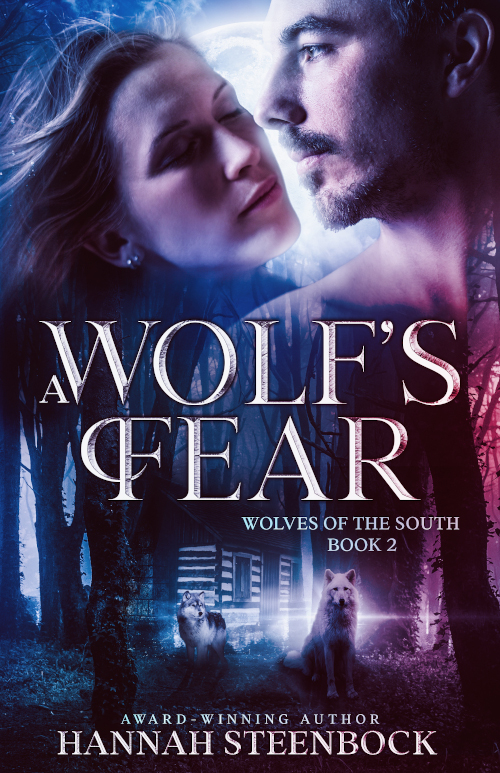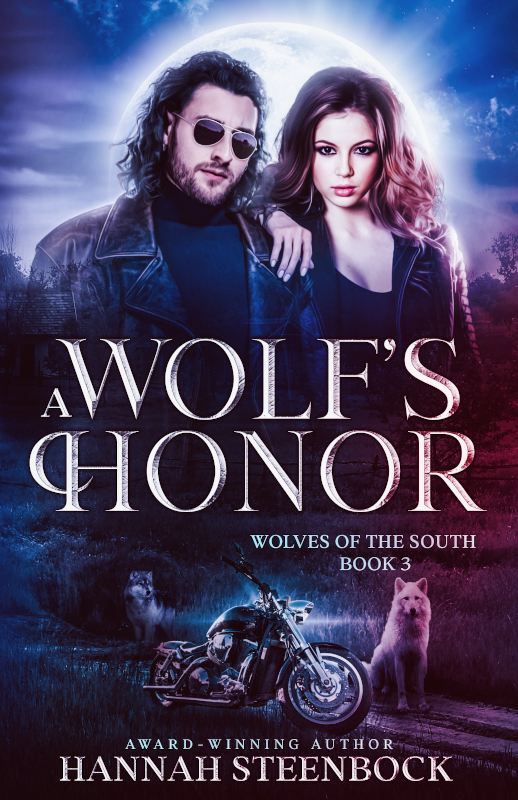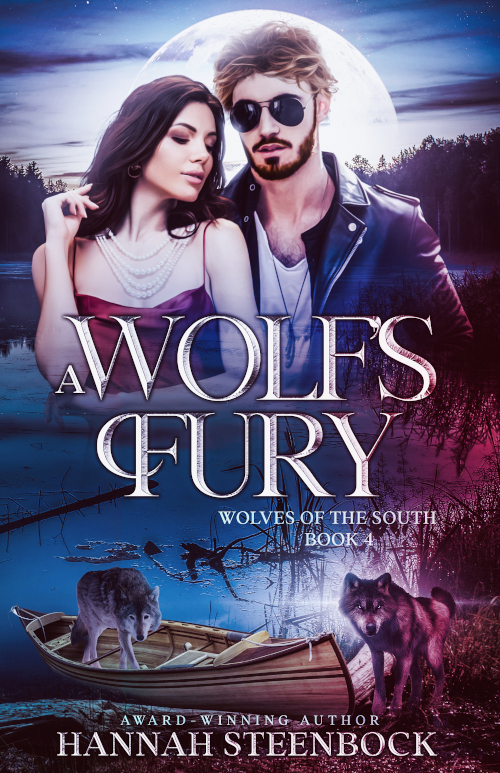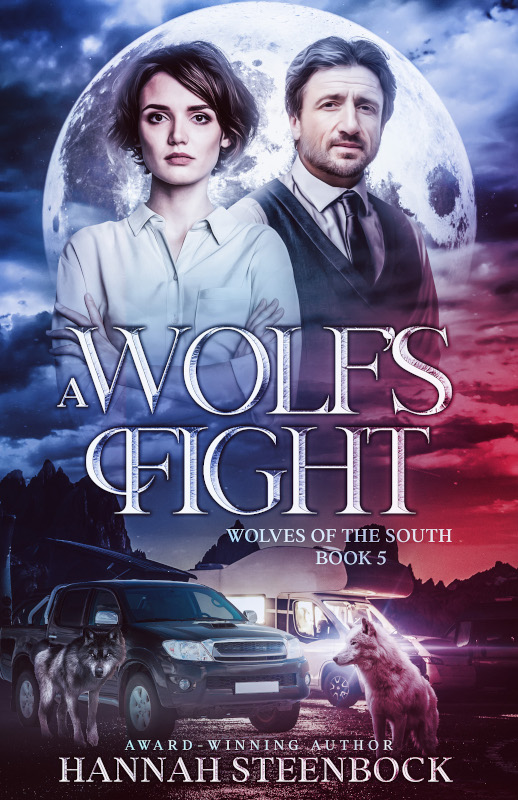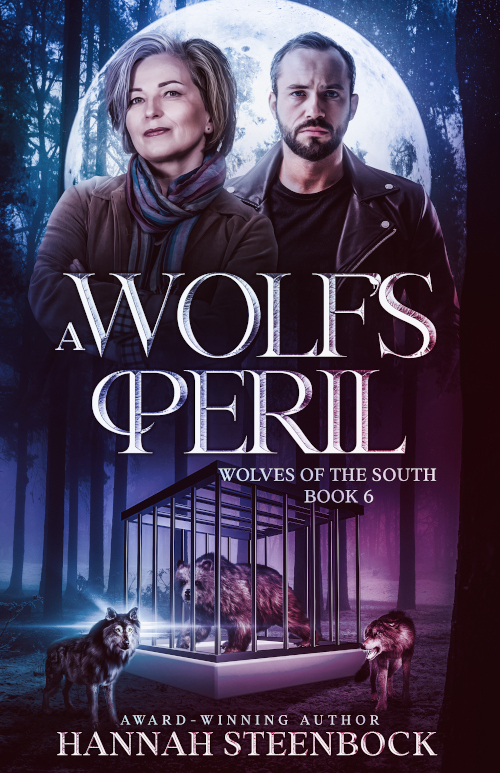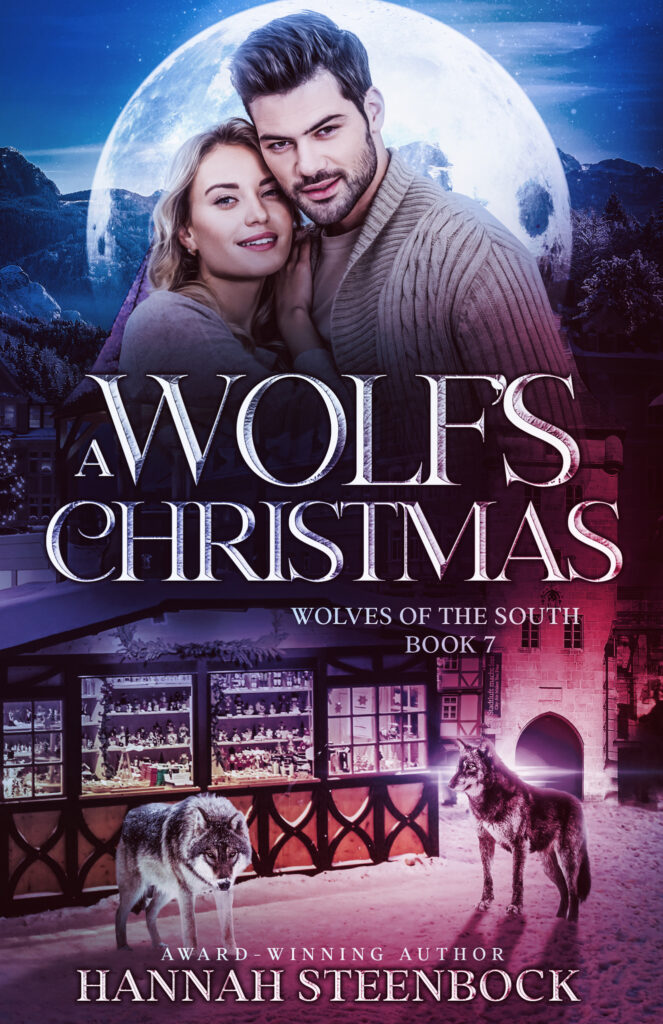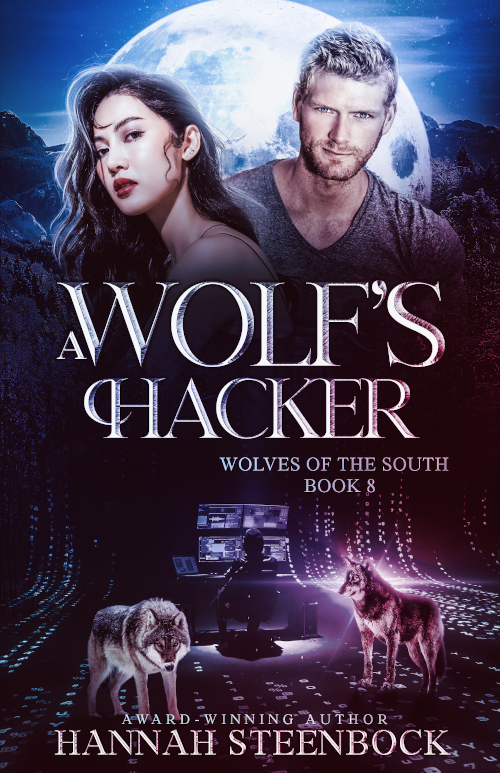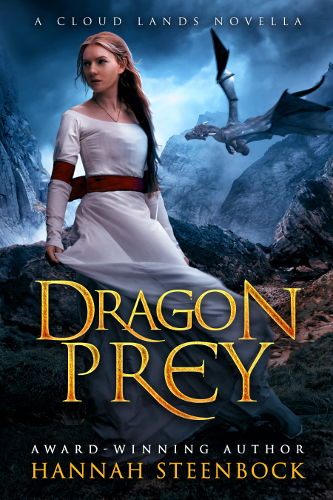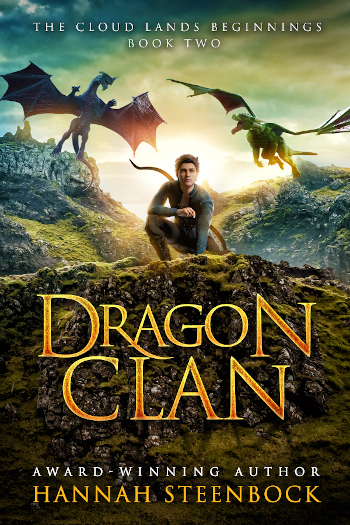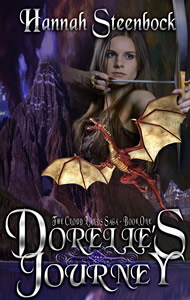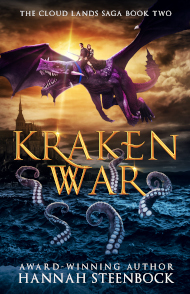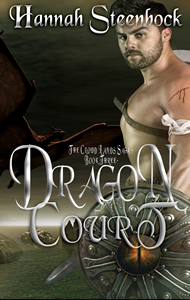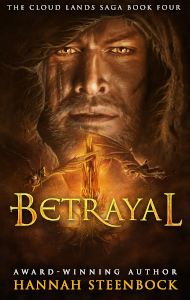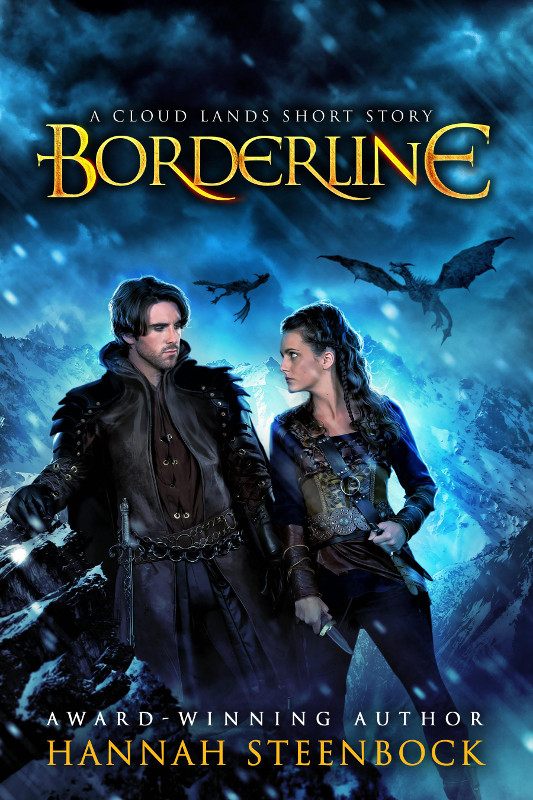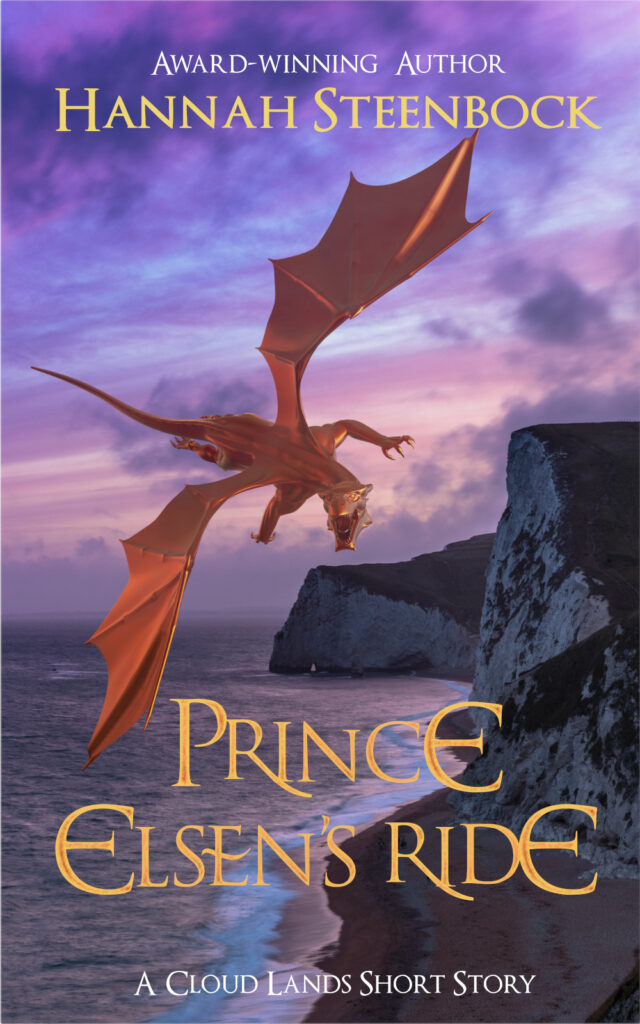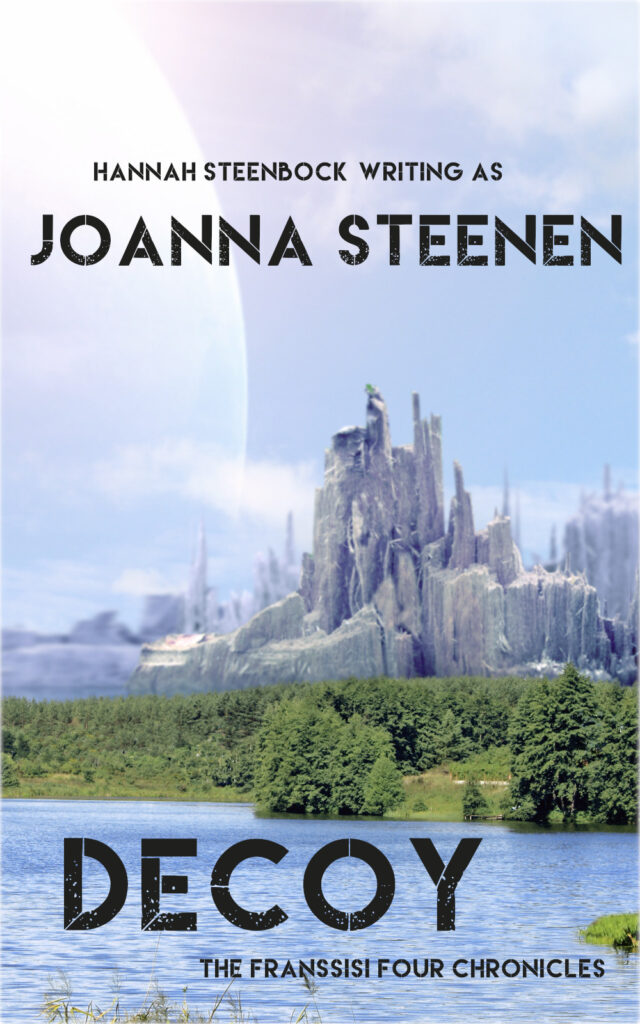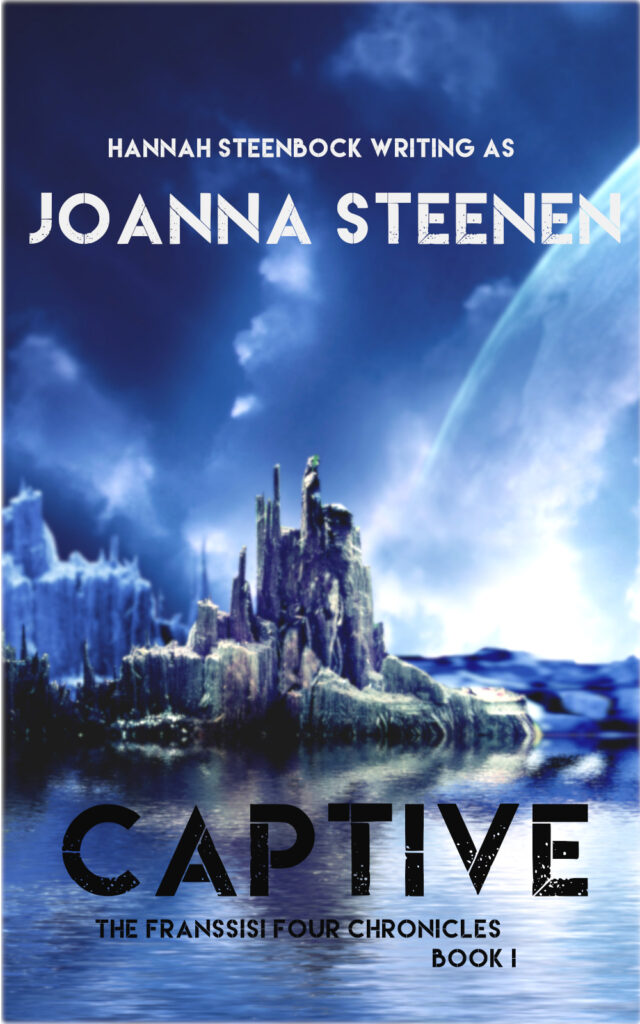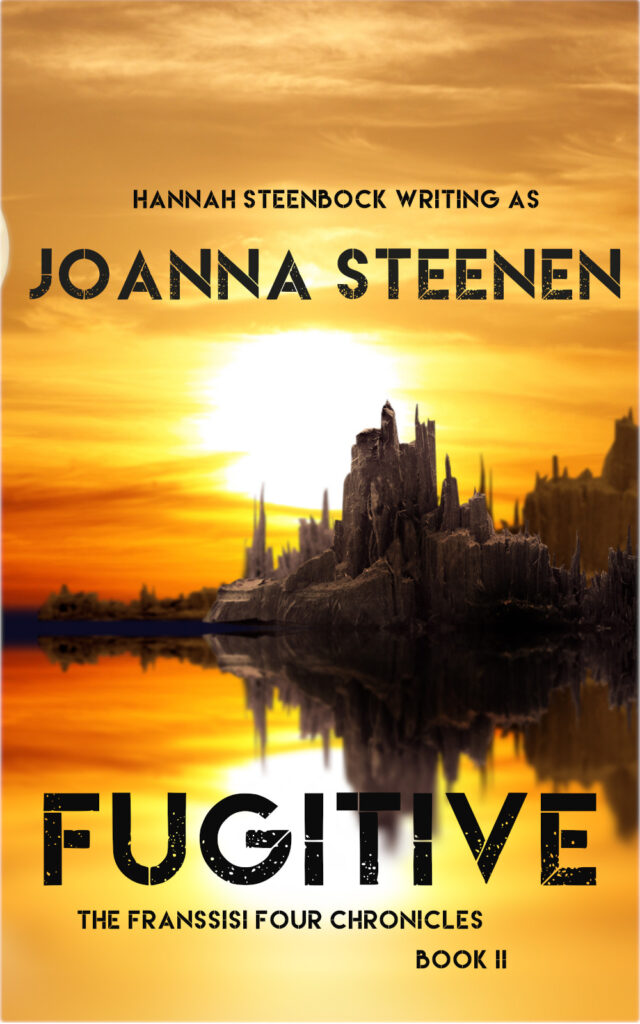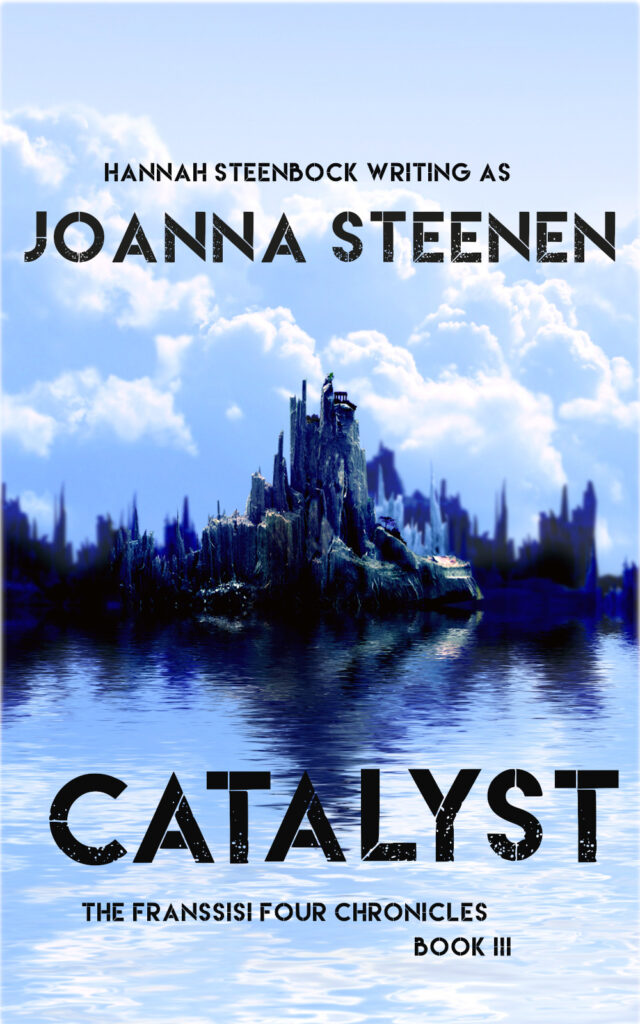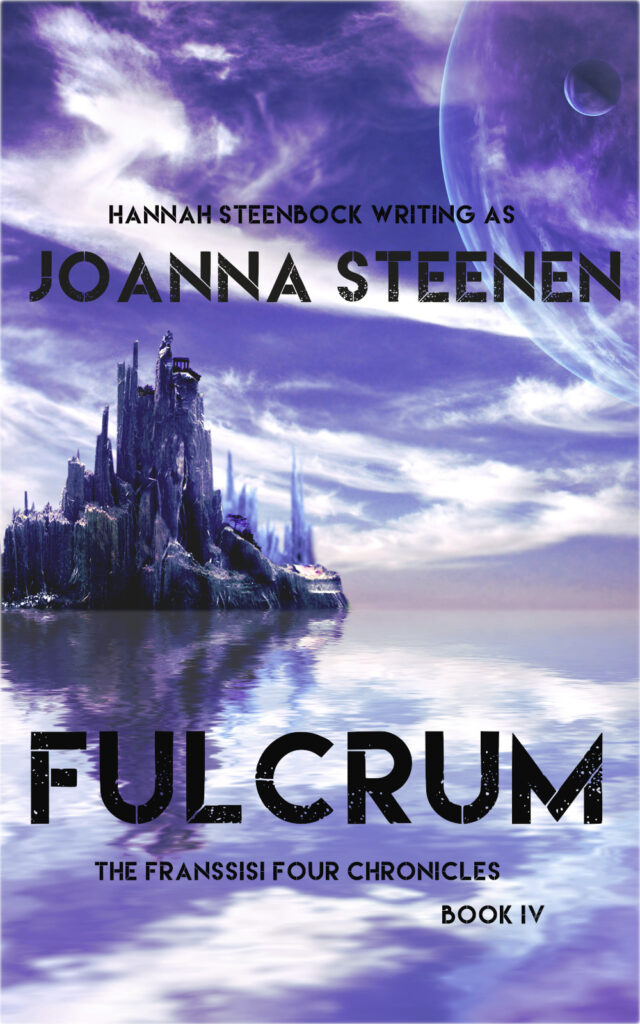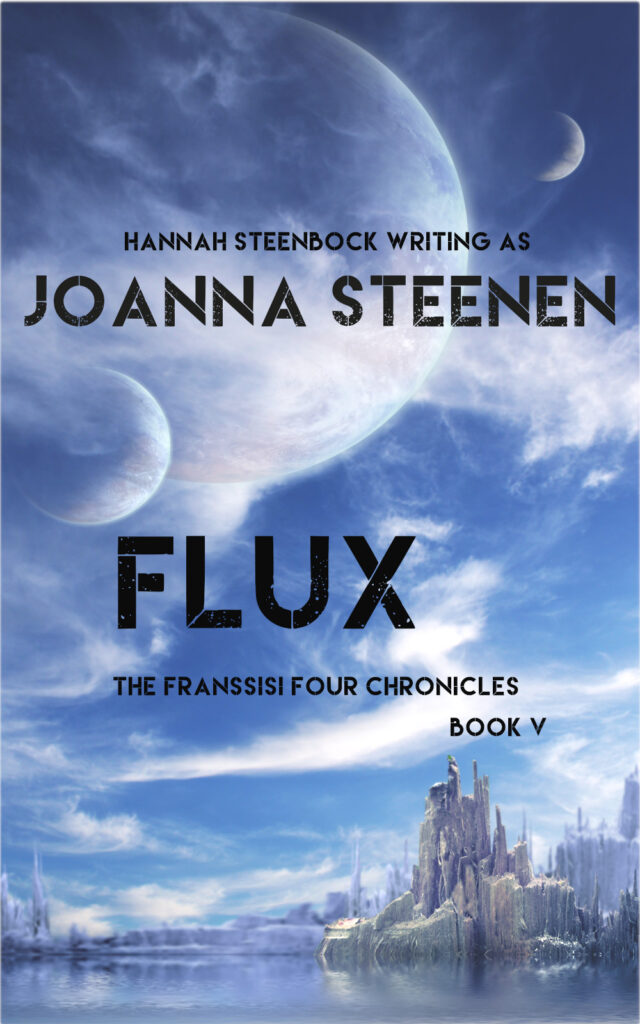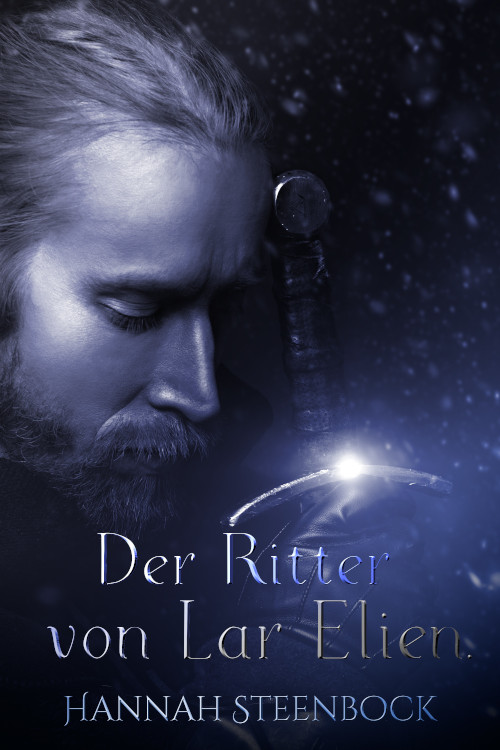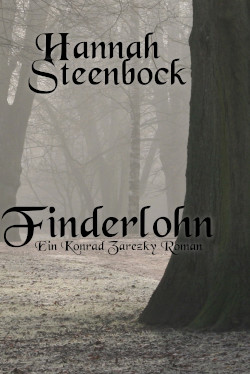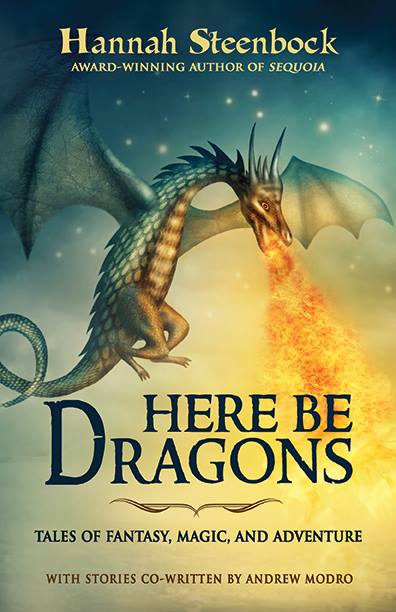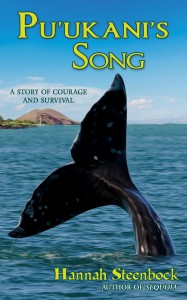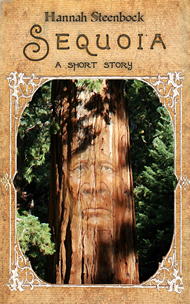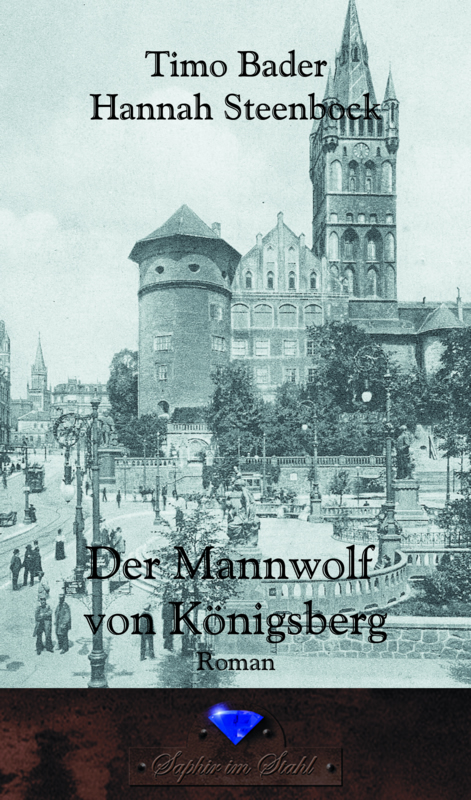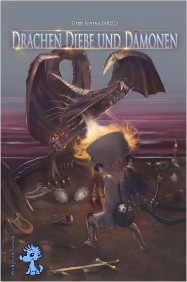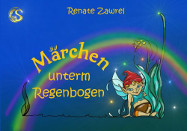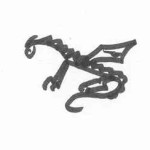
Stick figure dragon
Writing dragons has always been a bit of a challenge for me. It has taken me years of writing in my genre before diving into working with that main fantasy species.
That’s for two reasons:
1. Existing dragon stories
Of course, I want my dragons to be recognizable, and yet somewhat different from all the other dragons out there in fantasy land. Or roleplaying land, at that.
The 800-pound gorilla is obviously Pern. And I can’t deny the influence Pern dragons had and have on me. I still go back and re-read those stories. And yes, I had my own dragon’s name all thought up. I still remember it, too. So that’s why my dragons “speak” telepathically and in cursive.
I’ve also played Dungeons & Dragons in a few different editions. And well, dragons feature largely in that Monstrous Manual. Except their abilities are color coded, and most of them are not… friendly.
So I went with something in between. And that’s where the work really starts because I needed to …
2. Create an entirely new species
You can’t just go and say “have a dragon”. Well, you could, but it makes things a bit boring for you, the reader. And it’s also unfair and lazy.
So I thought about “my” dragons, and the first question that comes up is:
What do they look like?
And in order to have at least a bit of a scientific base for my dragons, I looked at dinosaurs. Big reptiles – that fits the size. Warmblooded – yep, even dinosaurs are now thought to be warmblooded, which I find very fascinating.
And the best thing about recent dinosaur research? Not only did they have the scales and leathery skin, they had feathers! Most of them didn’t fly with them, obviously, but down can certainly help in maintaining body heat, or at least be of decorative value. Scientists think that was the purpose of most feathers when they first evolved.
My dragons have scales on their body and down on their wings. And as additional gimmick, they can change their color like a chameleon. How do they do that? They would tell you that they just do, but there is a reason. Which I won’t tell until the end of the series. Mwahaha.
After looks comes ecology. And that’s where it gets really tricky.
How do they reproduce?
Admittedly, I’m leaning close to Pern dragons again… with that mating flight (yes, there will be one). But all of my dragons can mate and produce offspring, which is why mating is tightly regulated in the Western Kingdom, and most dragons are discouraged from doing so.
How do they bind with humans?
Impression is actually real. It happens here in the animal kingdom, but it rarely lasts beyond an animal’s youth. I went away from Pern style impression (although it sure is a lovely fantasy!), and chose to have riders and dragons create a bond that was supposed to happen between babies and adults. There will be hatching and bonding scenes in upcoming stories.
What do they eat?
Admittedly, that wasn’t much of a question for me. Yes, it’s possible that dragons could be herbivores, but can you imagine dragons spending most of their days eating grass? You’d be surprised how much time horses spend eating, in normal horsie lives. So mine are carnivors. That simple. Which does explain their claws and fangs, too.
And yes, like Pern dragons, they hunt and eat whole animals, but also chunks of them. But they aren’t quite that big, so they are a little less hungry.
So that’s it for now. Cloud Land Saga dragons are a little bit different, and a lot of … dragon.
Your Turn:
Got more dragon questions?
Want to read a story about something specific in Dorelle’s world?
Let me know! Write a comment!
Links:
The Cloud Land Saga
Dorelle’s Journey
Kraken War
Dragon Court

